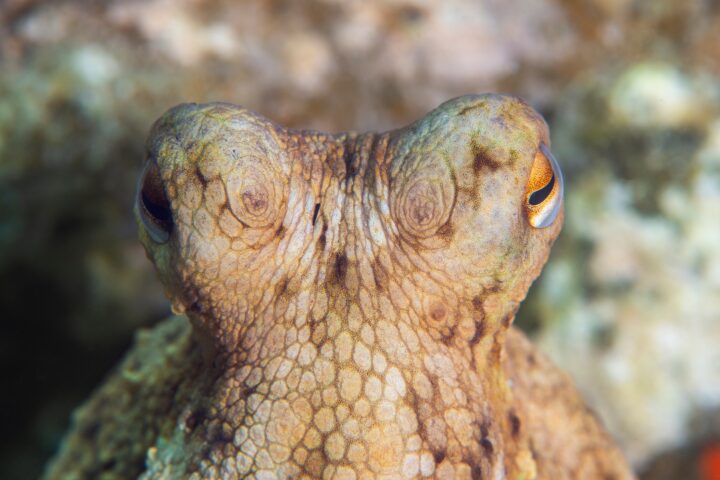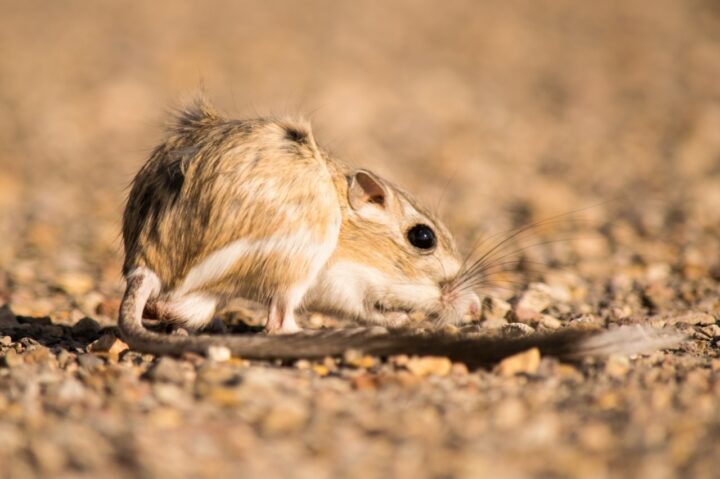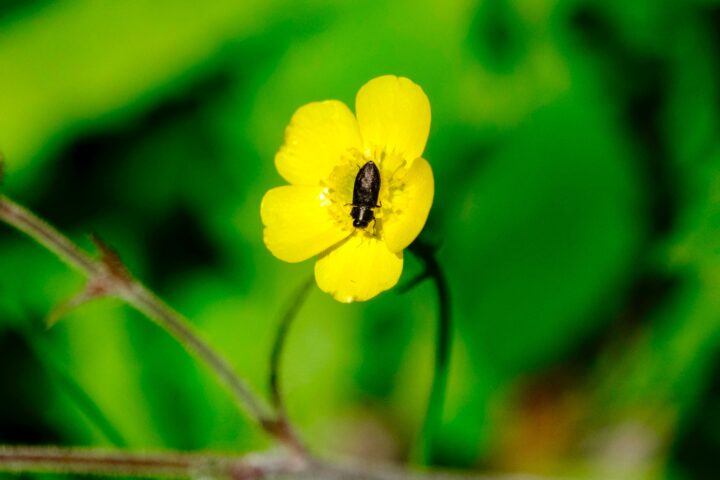Adapt Genotype
Living systems evolve over time in response to selective pressures. Selective pressures are environmental factors that reduce the reproductive success of some individuals in a population, but not those individuals with a genotype (the genetic makeup of a living system) that reduces the effect of the selective pressure. To survive, populations and ecosystems must be genetically diverse. With diversity, changing environmental conditions are less likely to eliminate an entire population because individuals with variable genotypes flourish under different conditions. In this way, even under changing conditions over time, the entire population or ecosystem can survive.
Optimize Shape/Materials
Resources are limited and the simple act of retaining them requires resources, especially energy. Living systems must constantly balance the value of resources obtained with the costs of resources expended; failure to do so can result in death or prevent reproduction. Living systems therefore optimize, rather than maximize, resource use. Optimizing shape ultimately optimizes materials and energy. An example of such optimization can be seen in the dolphin’s body shape. It’s streamlined to reduce drag in the water due to an optimal ratio of length to diameter, as well as features on its surface that lie flat, reducing turbulence.
Transduce/Convert Signals
Sometimes a signal, such as sound or vibration, reaches a living system and needs to be converted into a different, usable form. This requires converting from one type of energy form to another. For example, organisms with eyes have photoreceptors at the back of the eyes that convert light into electrical pulses. These pulses travel to the brain and allows it to register color, shape, and detail.
Respond to Signals
To interact with its environment, a living system must not only sense a variety of signals, but also respond to them. To be energy- and material-efficient, those responses must be appropriate to the signal. This generally requires sensing thresholds to trigger an appropriate level of response (for example, hiding under a shrub versus running away to avoid a predator). Response strategies are tied to a specific signal and often have a response threshold, which determines how strong a signal must be to warrant expending energy to respond. One example is a plant that lives in arid regions in South Africa. Its seed capsules remain closed until rainfall triggers them to open to release the seeds. But the plant only responds to a second rainfall, thus protecting against releasing its seeds before there is enough sustained water for them to grow.





